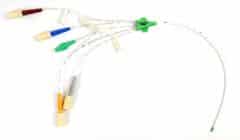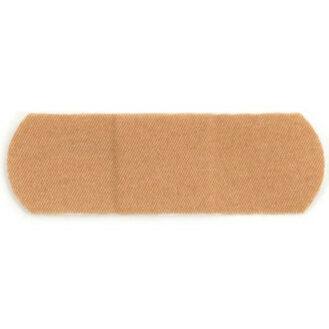The term “hydrophilic” is used to refer to one of the fundamental characteristics of the outer coating of the catheter, which is generally smooth, uniform and immersed in a saline solution.
The main purpose of a hydrophilic catheter is to limit the sensation of pain, pressure or discomfort that a patient might feel when the tube is inserted. As they are pre-lubricated and optimally hydrated, they decrease the risk of urethral lesions by reducing friction.
In the context of intermittent aseptic catheterization, available studies show that in practice the use of hydrophilic catheters appears to be preferable. In particular, compared to standard catheters, they reduce bacteriuria (presence of bacteria in the urine) as well as long-term urethral complications, such as urethral stenosis.





